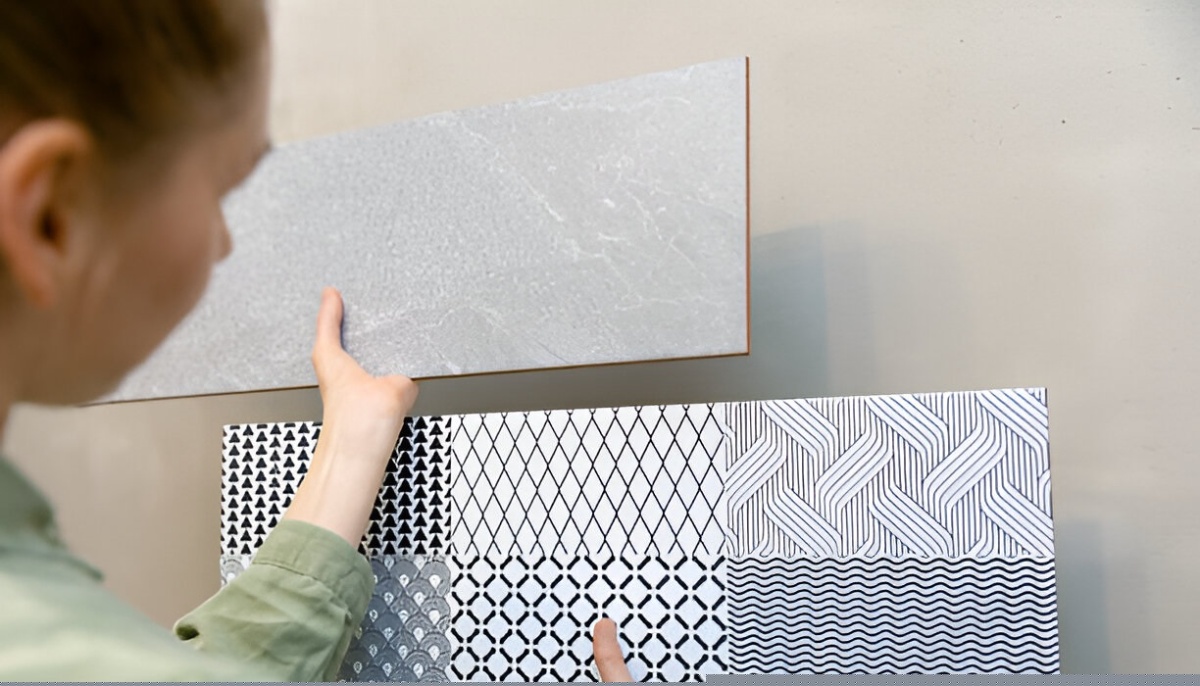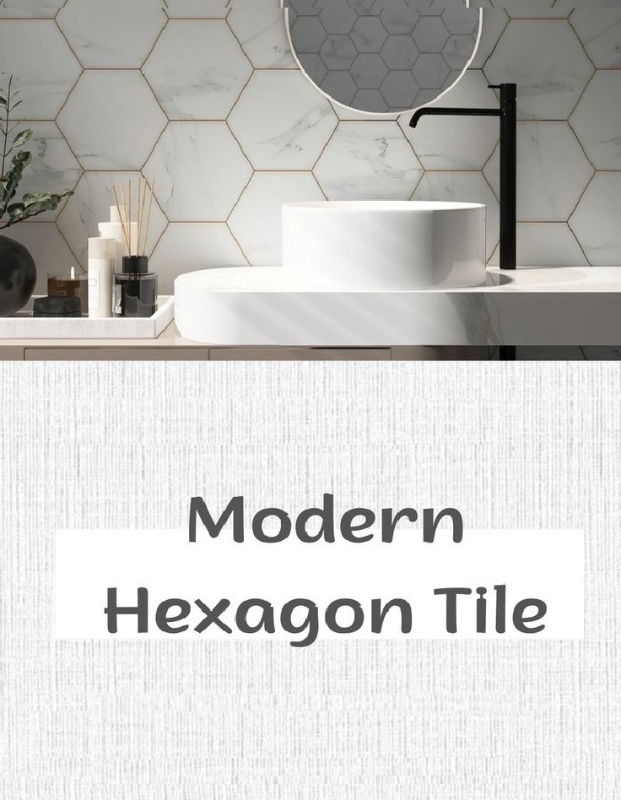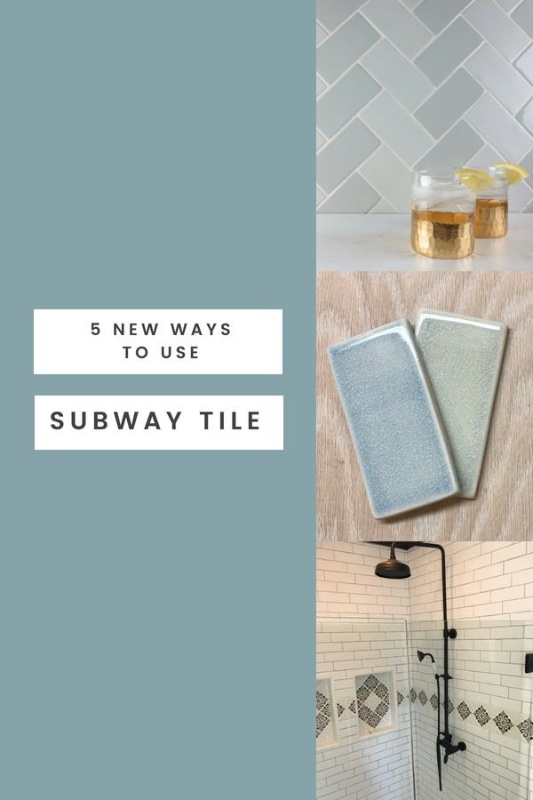7 Steps to Choose Your Ceramic Tiles
7 Steps to Choose Your Ceramic Tiles – A Quick Guide for Global Buyers
Choosing the right ceramic tiles can make a huge difference in the overall aesthetic and functionality of any space. Whether you're sourcing for residential, commercial, or industrial projects, these 7 essential steps will help you make the right choice. Designed for global buyers and distributors, this guide ensures you get the best ceramic tiles for your needs, whether you’re upgrading a cozy kitchen or outfitting a luxury hotel.
1. Define the Application – Wall or Floor?
Before you start shopping for ceramic tiles, it's important to decide where they will be used. Wall tiles are typically thinner and come in more decorative styles, perfect for kitchens, bathrooms, and feature walls. Floor tiles, on the other hand, are thicker and more durable, ideal for high-traffic areas like living rooms, hallways, and commercial spaces. Subway tiles, with their sleek and timeless appeal, are especially popular for wall applications.
2. Choose the Finish – Glossy, Matte, or Textured?
Tile finishes affect both appearance and functionality. Glossy tiles offer a sleek, reflective surface that’s easy to clean, making them perfect for small or low-light spaces. Matte tiles, on the other hand, provide a soft, understated look and are great for areas that need a non-slip surface, such as bathrooms or hotel lobbies. Textured and crackle finishes add a unique, vintage charm, ideal for spaces looking for a bit of character and warmth.
3. Pick the Size and Shape
Tile size and shape can dramatically impact the look of your space. Subway tiles in popular sizes like 75x150mm, 100x200mm, and 100x300mm are great for classic designs. For a more modern touch, consider 100x400mm long format tiles, which are perfect for creating seamless, minimalistic walls. Larger formats tend to be more contemporary, while smaller subway-style tiles work well for a traditional, timeless look.
4. Select the Color Palette
The color of your ceramic tiles sets the tone for the entire room. Classic white and beige tiles remain the top choice for neutral, elegant looks, but for a more bold and contemporary feel, consider grey, black, or even pastel shades like blue and green. Many buyers are opting for custom colors to match specific design requirements, making it easier than ever to create unique and personalized spaces.
5. Work with a Reliable Exporter
When sourcing ceramic tiles for international projects, it’s crucial to choose a trusted, reliable supplier. Look for certified manufacturers who offer OEM and ODM services for customized tile designs. Indian suppliers, known for their high-quality ceramic products, often provide a wide range of finishes, sizes, and colors, with bulk export options and global shipping capabilities to ensure smooth international transactions.
6. Understand the Technical Details
Technical specifications are essential when making your selection. Pay attention to the tile thickness (typically ranging from 7mm to 9mm) to ensure durability. Make sure to ask for the water absorption rate, especially for areas like bathrooms and kitchens, and be aware of the slip resistance if you’re choosing floor tiles. Don’t forget to review packing details—tiles often come in boxes with specific pcs/box and sqm/box information, which will be important for international shipping and logistics.





